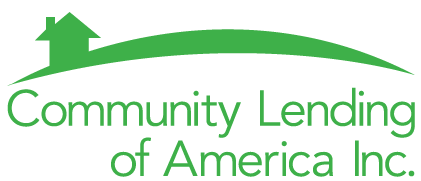Mistakes to Avoid When Downsizing
Some common mistakes people make when downsizing include, waiting too long to downsize, not planning thoroughly, not preparing well enough for the actual move, failing to manage the kids correctly, not understanding how vital lifestyle is, trying too hard to fit your current furniture into your new place, assuming you will see significant financial benefits, not putting in enough thought to the real estate agent selection process and waiting too long to speak with a mortgage professional about financing.
Think Long-Term
Some things that can help ensure a successful transition when downsizing is to think long term. Consider future endeavors, frequency of visitors or time you’ll spend away when thinking about downsizing in the future. For example, will you need extra space for that freelance business you’re planning to start? Do you anticipate grandchildren visiting often? How much maintenance will your home require and will that affect your ability to travel? Only you can answer these questions and everyone is different!
Keep It Functional
As you go through life, there are many stages you experience. When you were in college life was very minimal, your entire life fit in a tiny dorm room. Today you may have more than enough, an entire house with a garage filled with space to clean out. In the future as you move towards downsizing, you’ll want to keep functionalism in mind. What does your lifestyle look like now and what are some ways you could start practicing functionalism to help when you to downsize?
Things to Consider Before Downsizing
Before downsizing, there are some helpful things to consider like property maintenance and hidden costs. Ask yourself if you can and/or do you want to maintain the property? Will you need space for utilities? Would you rather invest in hiring a landscaping company? How much cleaning will the space need and how often will you need to paint or do any other exterior work?
When you plan to start downsizing, make sure to factor in hidden costs that can occur during that process. Some of these include, repairs to make your home market-ready, furniture and appliance, moving costs, new property taxes, and higher HOA fees.
Things To Do When Downsizing
Once you start downsizing, there are many things you can do to help to make to make the process go as smooth as possible. Gather any necessary documents so you always have them on hand, research the best mortgage option for you. Also, as you explore options for your new home, plan out your move by decluttered and discarding any unwanted items. You can make this easier by thinking through what you need and want to bring into your new home, what is already available at your new space as well as consider the size of your house.
Lastly, connect with and agent to sell your current home. Ask around to friends and family to receive recommendations on real-estate agents. It’s always best to go with someone that has a good track record. When you meet with your realtor, it can be helpful to establish reasonable and realistic timelines for selling your current home and purchases a new one.
Downsizing mistakes are easy when you don’t think things through, don’t plan in advance and have a carefully coordinated game plan. Before you downsize make absolutely certain, you are mentally and physically ready. Do not underestimate the process, and make sure you hire the right team for this transition!
Want to know more? Contact us and we will let you know the details of our next downsizing workshop!

